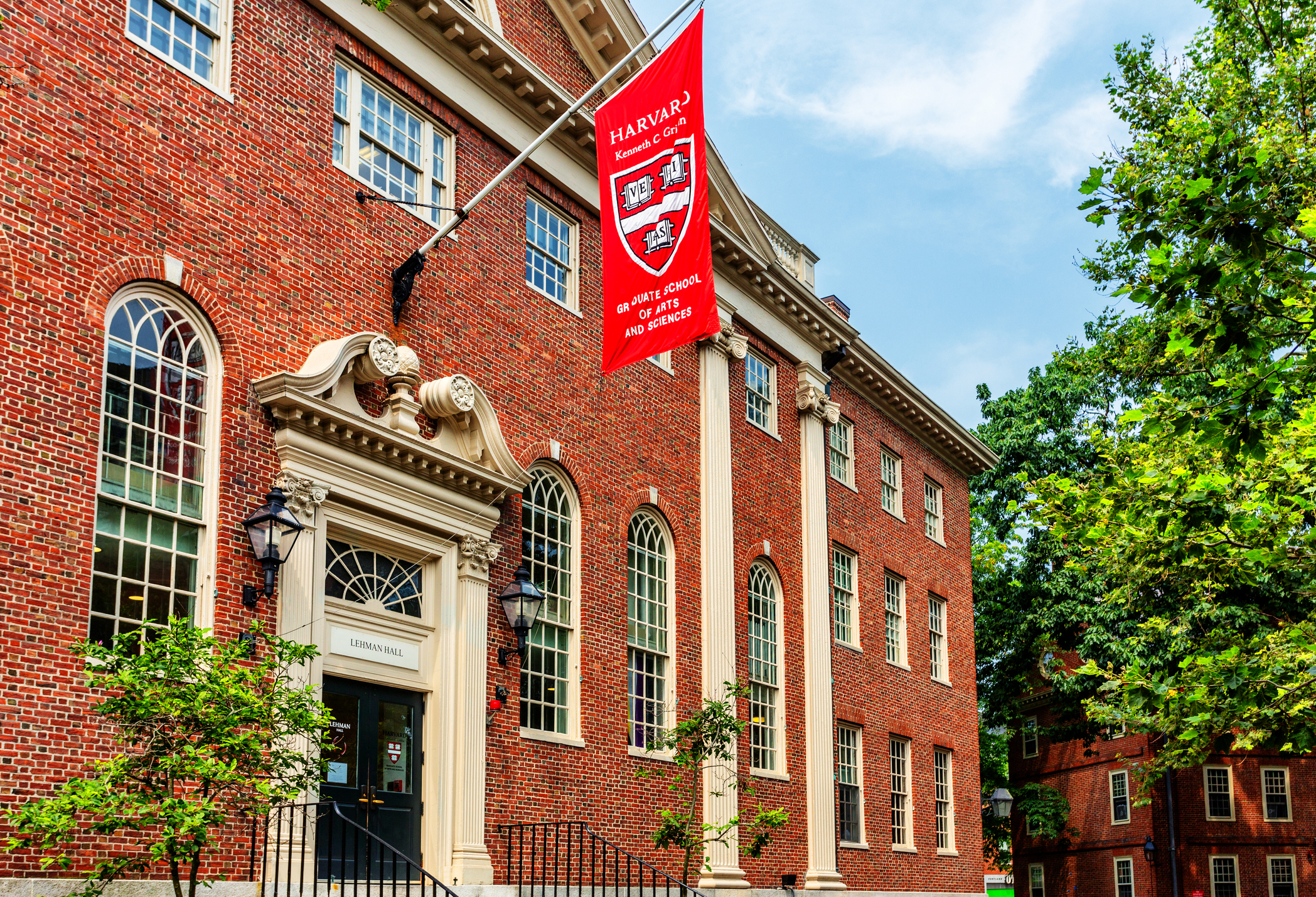In the past year, the Ivy League hit a milestone that corporate America hasn’t even come close to reaching: Six of eight prestigious institutions were run by women. Three were on their second round of women presidents, with two of them people of color.
In a Forbes list of the top 20 colleges, more than half had women and or people of color at the helm.
There are now four searches underway for new presidents at elite institutions, including the University of Pennsylvania, Harvard, and Yale, as well as Stanford (which is not an Ivy). Stanford and Yale have only ever been run by white men. No matter what gender or race the new presidents turn out to be, they will be attacked for not being one or the other. But affirmative action won’t be the reason they fail, or succeed.
There is nothing easy about being president of a university no matter one’s race or gender. Presidents must manage an exhausting maelstrom of angry alumni, students exercising their rights to free speech, union turmoil, and self-righteous faculty who carry their own special brand of political remonstrations. The average leader makes it less than six years before they crawl back to what they love the most about academia: teaching and writing.
In the last two years, dozens of university presidents, at not just the Ivies, have announced plans to retire, many citing burnout from managing through the pandemic.
Selection committees are now convening to fill these openings. Some of their members will be tempted to look at the turmoil at Harvard and Penn and draw lessons about women’s leadership. They should take a wider view of who struggles at the top.
Over the years, a higher percentage of white men have been forced out of top university posts than women. Men had those jobs all to themselves for decades. The first woman Ivy president was Judith Rodin in 1994 at Penn, 254 years after it was founded in 1740.
To name just a few: Harvard’s Larry Summers stepped down after a vote of no confidence over numerous matters, including being demeaning to women. Benno Schmidt at Yale turned it in when faculty complained he was making changes without consensus. Marc Tessier-Lavigne resigned at Stanford last year after an investigation of manipulated data in scientific reports he co-authored.
So, the resignations of Claudine Gay at Harvard for foundering at a Congressional hearing on campus antisemitism and subsequently alleged plagiarism in her work and Liz Magill at Penn, for being run over by an angry mob of alumni, is nothing new or special to women or women of color. They failed the leadership test, like many white men before them.
“Anti-woke” conservatives are taking victory laps for knocking out two women presidents. But why blame failure on race or gender when so many white men have also found themselves forced out or unable to take the heat?
It should go without saying, but there are women of all backgrounds as qualified as men to run universities. Women have outnumbered men on college campuses since the 1970s, according to a report from the Women’s Power Gap Initiative, cited by Politico’s Women Rule. Yet women made up only 22% of presidents leading the top 130 research institutions in 2022. Women of color were nearly absent in those top roles, about 5%.
Women have caught up fast, considering they weren’t even allowed to enroll at Ivies until the 1960s. That’s excluding Cornell, which has admitted women since its founding in 1865. But women, especially black women, still have to prove themselves over and over and put up with the demeaning assumption that they are only there to check a box.
Competent women still sit atop MIT, Brown, Columbia, Dartmouth and Cornell. Consider before them the successful tenures of Shirley Tilghman at Princeton, Ruth Simmons at Brown, Drew Faust at Harvard, and Susan Hockfield at MIT (highly prestigious but not an Ivy).
Trustees deciding how to fill all the open spots need not subject themselves to whiplash from the right or the left fomenting over affirmative action. Keep the talent pools as large as possible by including all genders and races, and the right leaders will emerge.



